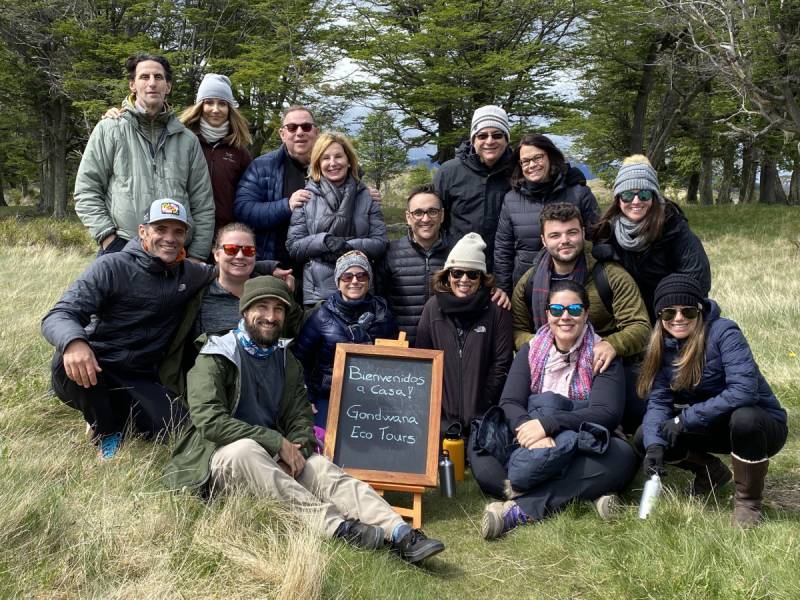Epic Bear Adventures When You Follow The Fish
Download Travel Details >PRIVATE & SMALL GROUP TOURS TO THE WORLD'S BEST DESTINATIONS
Three Amazing Alaskan Vacations To Choose From!

Why Do Bears Like Salmon?
In Alaska, bears and salmon go together just like peanut butter and jelly. During the summer months, you’ll find bears in Alaska feeding on salmon all along the coastline, and in the rivers and streams that feed into the ocean. In fact, the Alaska salmon runs are a prime bear-watching event for the thousands of tourists who visit the state each year.
The Link Between Bears And Salmon
Bears in Alaska are identified as apex predators. They influence the ecosystems they inhabit through predator-prey relationships. Salmon also influence their ecosystem – first by feeding the bears, but also by “feeding” the ecosystem when the bears discard their carcasses. As they decompose, salmon provide nutrients to other animals in the streams and to the vegetation along the shoreline. Without this predatory-prey interaction, the surrounding ecosystem would not thrive or be able to support Alaska’s native species.
Salmon Run 101
If you are planning to travel to Alaska during salmon runs for bear-watching, you need to know two things: where to go and when to go! Alaska’s salmon run is not one single event; instead, different locations experience salmon runs at different times in the summer. To find bears in Alaska, your best bet is to follow the fish. There is plenty of information available online to help you plan a bear-watching trip around salmon runs. Alternatively, you can book a bear-watching tour with a guide who knows the best times and best locations for Alaska salmon run bear-watching!
Fun Facts About Bears And Salmon
Before you head out on a bear-viewing expedition, here are some fun facts to know about bears and the delicious salmon they hunt so tirelessly through the summer months.
- How many salmon can a bear eat in one day?
During the peak of salmon runs, an adult male brown bear may eat around 30 salmon a day! However, toward the end of the day, bears tend to choose the fattiest and most high-protein parts of the fish to eat – the heads, skin, and eggs. The rest of the fish is discarded for scavengers to eat. - Where is the most popular for Alaska salmon runs and bear-watching in July?
During the peak of the salmon migration season in July, bears will fish for salmon all along the Brooks River in Katmai National Park and Preserve. The river’s waterfall creates a temporary barrier to migrating salmon, which allows bears to catch many fish with little effort. - What time of day are bears in Alaska most active?
The best time to watch for bears is in spring and summer during the dawn and dusk hours when they are actively searching for food. The shoreline is commonplace to see bears beachcombing for dead animals, foraging on shellfish, or grazing on sedges. - Why do grizzly bears love salmon?
Salmon is rich in protein and fat which grizzly bears need to survive their long winter hibernation! Researchers have also determined that the meat in a bear’s diet influences the number of cub’s produced, body size, and population density for a whole region. Salmon is the ideal food source, which in turn creates healthy bears in Alaska.
The Best Place To See Bears Catching Salmon In Alaska
One of the most popular places to visit in Alaska is Juneau. Juneau offers visitors many exciting things to do and see, but bear-watching in Juneau is one of the most popular activities for most tourists. Juneau is located on a small strip of sea-level land, and is bordered on the west by the Gastineau Channel and Pacific Ocean, and on the east by mountains that are so rock there is no road access into the town! Getting to Juneau requires you to take a plane or ferry. Still, thousands of visitors brave this unforgiving topography each year to see bears in Alaska during the salmon run.
The Bears Of Pack Creek
The best bear watching in Juneau is not inside the city limits. Instead, you will need to travel by floatplane to Admiralty Island, which is 30 miles (approximately 30 minutes) away from downtown Juneau. The observation tower at Admiralty Island’s Pack Creek offers some of the best Alaska salmon-run bear-watching opportunities to tourists in the area. However, to ensure the bears can go about their business relatively undisturbed, the Forest Service carefully manages wildlife watchers at Pack Creek and a permit is required to visit. Booking a tour is the best way to see bears in Alaska at Pack Creek. Your tour operator will arrange transportation to and from the island and handle the permitting process.
The best time to visit Pack Creek is during July and August when the salmon runs are at their peak around Juneau. Bears are active at the creek throughout the summer, however. As a bonus, you can see many other native Alaskan wildlife species during your visit to this nature preserve. Admiralty Island has the world’s highest density of nesting bald eagles, but sharp-eyed visitors have been known to spot river otters, harbor seals, Sitka black-tailed deer, and dozens of native bird species.
If you want to see bears in Alaska, your best bet is to follow the fish and look for bears during Alaska’s annual salmon run. During the salmon runs, the bears are so focused on gathering food and feasting that the presence of humans does not disturb them. This means that if you observe proper bear-watching etiquette, you may enjoy hours of watching bears in their natural habitat! Make sure your camera is fully charged – you won’t want to miss the perfect shot. Brown bears go through fascinating life stages, from curious cubs to powerful adults. Discover how they grow, adapt, and thrive in the wild—plus, find out where you can see them in their natural habitat! Read more: Brown Bear Life Cycles.


